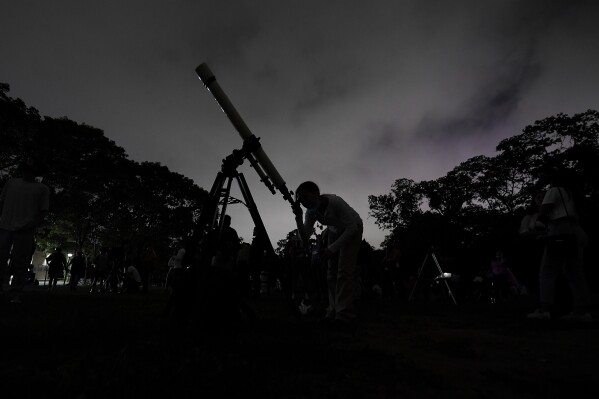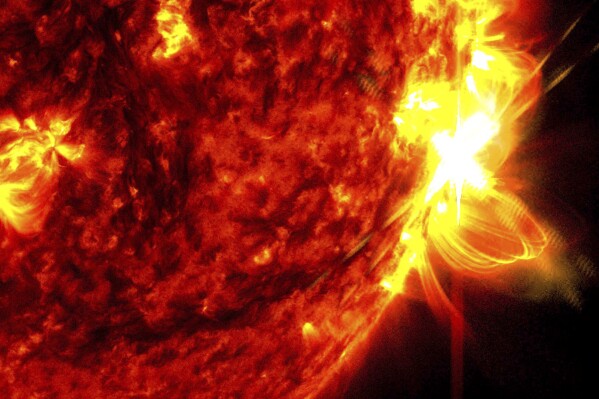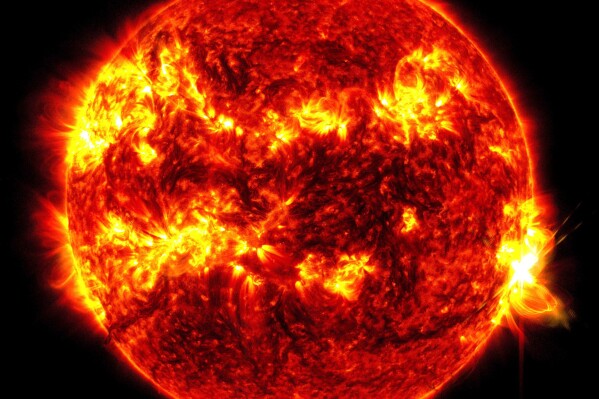It’s summer solstice time. What does that mean?
DALLAS (AP) — It’s time for the start of summer — with a full moon to boot.
Here’s what to know about the summer solstice in the Northern Hemisphere on Thursday.
What is the summer solstice?
The Earth spins on a tilt as it revolves around the sun. The summer solstice occurs for Earth’s upper half when the Northern Hemisphere is tilted most closely toward the sun. This also marks the longest day and shortest night of the year.
Around the same time, the Southern Hemisphere is at its most extreme tilt away from the sun, entering winter solstice and its shortest day of the year.
Six months later, the halves will switch it up: The Northern Hemisphere will experience a winter solstice, and the Southern Hemisphere will have a summer solstice.
Summer Living: Your guide to a better summer
- In theaters: Virtually all the movies coming to theaters and streaming from May to Labor Day
- On your playlist: Who will have the 2024 song of the summer? Some predictions
- Outdoors: What to look for in mosquito repellents and how to protect yourself from ticks
- At home: If you can’t stay indoors during a heat wave, here are a few ideas
- On the grill: How to make great outdoor dishes, from a chef who lived in a camper
What is an equinox?
Equinoxes mark the start of spring and autumn, and happen when Earth’s axis and orbit line up such that both hemispheres get an equal amount of sunlight.
The vernal equinox on March 19 kicked off spring, and the autumnal equinox on Sept. 22 will usher in fall.
What is the strawberry moon?
This year’s summer solstice comes with a treat: the first full moon of the summer, coined the strawberry moon. The moon won’t be pink or red in color: Its name comes from several Indigenous tribes who noticed that its timing coincided with the strawberry harvest.



On Friday evening, cast your eyes to the southeast to glimpse the full moon peeking above the horizon.
___
The Associated Press Health and Science Department receives support from the Howard Hughes Medical Institute’s Science and Educational Media Group. The AP is solely responsible for all content.
Disclaimer: The copyright of this article belongs to the original author. Reposting this article is solely for the purpose of information dissemination and does not constitute any investment advice. If there is any infringement, please contact us immediately. We will make corrections or deletions as necessary. Thank you.





